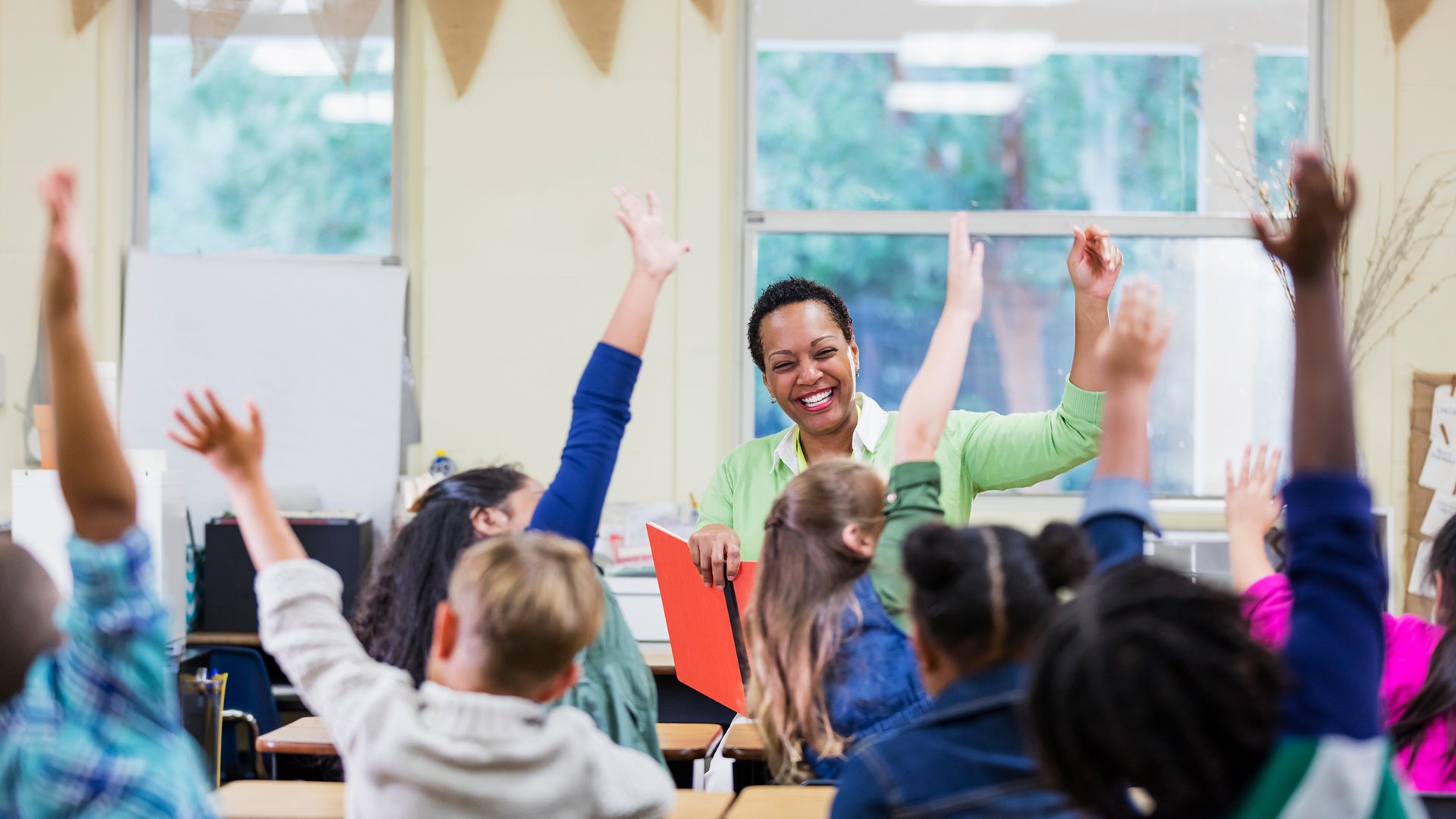I am sharing my teaching experience about approaching diverse students in the classroom. This is based on my experience and the feedback from many teachers who shared their experiences. This is an ongoing journey, and I will continue to learn and change as I go. The more you try and get it right.
When it comes to teaching diverse students, there are a lot of myths about what works and what doesn’t. The truth is that many students don’t learn very well if they don’t feel comfortable in their learning environment.
It’s not hard to teach diverse students in a classroom, but sometimes you need to change how you prepare to help them learn. I’ll share some things I’ve learned about teaching diverse students in a classroom.
Teaching diverse students in a classroom is a challenge because they have different backgrounds and experiences that come with those backgrounds. As a teacher, you must understand students’ backgrounds and experiences differences.

Diversity in the classroom
Diversity in the classroom is important because there are many different types of learners. Some learners learn better when they can be represented and others better when they’re surro people who look like them.
I’ll discuss why this is and how you can teach diversity in a classroom setting.
The importance of using diverse teaching strategies
Teaching diverse students can be a challenge for many teachers. One thing that often leads to failure is a lack of understanding of how each student learns.
While many teachers use the same teaching strategies with every student, the problem is that not all students learn the same way.
Here’s a good way to think about it: if you were a student in class, would you learn better if the teacher taught the same way every day?
Of course not!
Students need to feel comfortable and confident to learn. They need to feel comfortable in their learning environment.
How to get students to collaborate
I’ve noticed many teachers have this misconception that diversity means having different races, genders, and cultures in their classrooms. While it’s true that variety can include those things, it is also about creating a learning environment that allows all students to grow and thrive.
I’ve experienced firsthand how diverse students can benefit from each other. I’ve worked with a group of mixed students in their culture, race, gender, and religion. They all learned together and grew together as they overcame challenges.
What are effective teaching strategies?
If you’re teaching a diverse class, you have to change how ethereal a lot of myths about what works and what doesn’t. The truth is that many students don’t learn very well if they don’t feel comfortable in their learning environment.
So let’s start by talking about the learning environment.
There are a lot of myths about what works and what doesn’t. The truth is that many students don’t learn very well if they don’t feel comfortable in their learning environment.
Tips for teaching all students in a classroom
I’m a teacher and know that leading in a school is difficult.
There are a lot of different students in any classroom. Some of them are motivated and eager to learn. Others are unmotivated and might not care about your class at all.
Some students might have a special learning disability, such as dyslexia. Others might be in an advanced class or a remedial class.
I’ve taught a wide range of students in a classroom, from gifted students to students with ADHD, and I’ve noticed that there are a few things that help all students succeed.
Frequently Asked Questions Teaching Diverse
Q: How would you describe your teaching style?
A: My teaching style is very relaxed. I’m very laid-back. I wouldn’t say I like to stand on my head. I want to talk through things with students and get to know them.
Q: Have you had any issues when teaching diverse students?
A: Not really. Some kids were a little nervous when I started, but by the time we got to middle school, they were fine with it.
Q: What are the biggest issues with diversity in schools?
A: The biggest issue with school diversity is teachers’ lack of understanding. They sometimes teach the same things to all students.
Q: How can you be more welcoming to diverse students?
A: One way to be more welcoming to diverse students is to look at their backgrounds. For example, if you teach English as a second language, you should learn Spanish or another foreign language.
Q: What’s the most interesting lesson you learned from teaching?
A: The most interesting lesson I learned was that everyone has a different background, and that’s okay. Everyone deserves respect, no matter how they look.
Q: What are the biggest issues with diversity in schools?
A: The biggest issue with school diversity is teachers’ lack of understanding. They sometimes teach the same things to all students.
Q: If you were to teach in a school with only one race, what would you teach?
A: I’d teach music because I love to do that.
Top 3 Myths About Teaching Diverse
1. Teachers should try to be like their students.
2. Teachers should try to have the same interests as their students.
3. Teachers must be trained to teach children and young people.
Conclusion
We are living in a world where people are very diverse. This diversity makes the world more interesting and beautiful. But at the same time, it is creating a huge challenge for us to teach diverse students. It is hard to create an inclusive and welcoming environment for everyone. But this is exactly the environment we need to make in our classrooms.
Teaching diverse students is important because it creates a more inclusive environment. When we are teaching diverse students, it is more likely that students will feel accepted and comfortable in their classroom.







